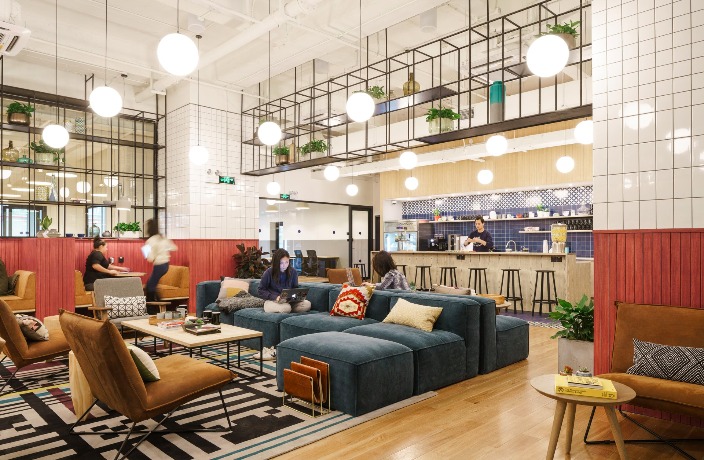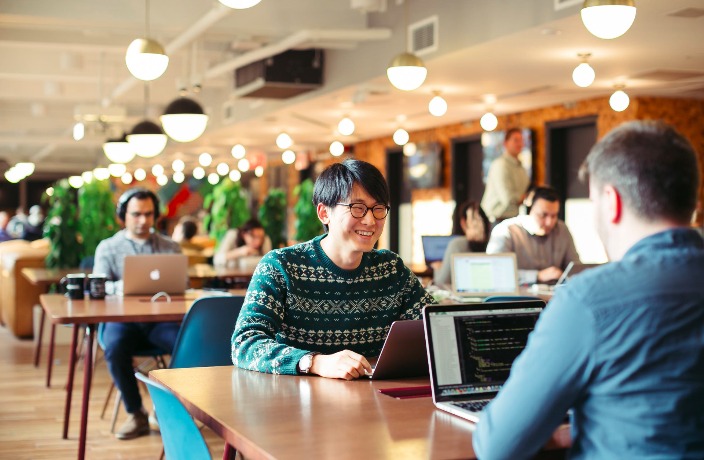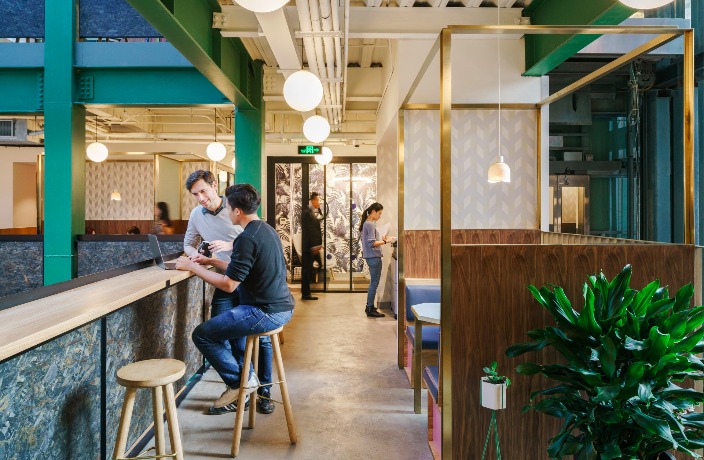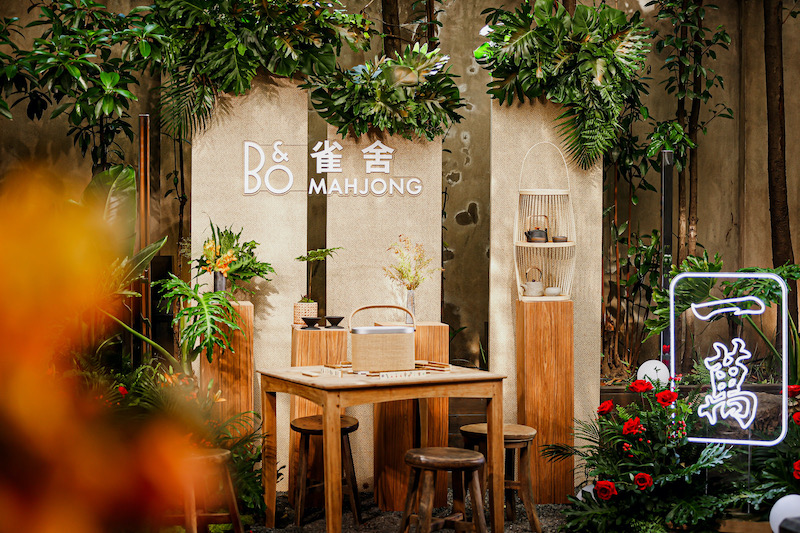Spotlight is a regular series where we feature a prominent person in the style scene. This month we speak with Cindi Leung, Creative Director of WeWork's Asia Pacific division.
Born in Hong Kong and raised in New York, Cindi Leung worked for WeWork in the US for more than five years before she moved to Shanghai to take up her current role as the Creative Director of the company’s Asia Pacific division. An architect by trade, Leung shares with us the design inspirations and stories behind some of the WeWork spaces in Shanghai and Beijing, adjustments in design and layout that were made specifically for China, and why WeWork sees itself as a ‘community company’ instead of a coworking space.
Tell us a little bit about your role and responsibilities as the Creative Director of WeWork APAC.
As the creative director of the Asia Pacific region, I oversee the interior design from the product quality perspective – working with the designers of each project and providing brand guidance.
How would you describe the overall feel of a WeWork space?
We want to provide a very homey, cozy environment for our members, simply because people spend more time at work than they do at home. While the look of the furniture is very residential, a lot of pieces are customized to have the look and the durability that we need for our operations. It’s not just about putting pretty things everywhere; we also pay attention to dimensions of different furniture pieces. For example, we customize our coffee tables to be higher to match the seat height so it’s more comfortable for those who are working on their laptops in a lounge setting.
 WeWork Yan'an Lu (Shanghai)
WeWork Yan'an Lu (Shanghai)
When designing a coworking space, what are some of the most important features that designers must pay attention to?
We actually don’t position ourselves as a coworking space, but more as a community company. Besides all the basic needs of an office – meeting rooms, common areas, pantry amenities and printing services – we also want the interior design to help foster a sense of community. The programming, layout and furniture arrangement that we put into our spaces are all designed to inspire and empower our members, in addition to satisfying their functional needs.
Can you walk us through how you guys came up with the design concept of a couple of your spaces in Shanghai and Beijing?
WeWork is a global company with a local playbook, so while some features are rolled out globally, each location starts with a local design concept, drawing inspirations from the building, the neighborhood, or the city itself. For Shanghai’s Yan’an Lu location, we noticed that one of the streets nearby has a lot of Xinjiang restaurants, and with Xinjiang being a major hub of the Silk Road, we took that idea and used it as the main design concept – so you’ll find references to the culture and history of the region in some of the patterns and colors used in the space. The architectural mood of our first two locations in Beijing (Guanghua Lu and Ciyun Si) are based on the way you travel through a Chinese garden and how the scenery is framed by an architectural opening – you’ll find these features in the nooks and the artwork of these spaces.
 WeWork Guanghua Lu (Beijing)
WeWork Guanghua Lu (Beijing)
Which design features were tailored specifically for the Chinese market?
The typical back-to-back office layout we use in the US is not desirable in China due to the culture of respect in the office, so we changed it to a face-to-face layout. For amenities, we’ve added more hot water machines in the pantry. In other markets, WeWork offers conference rooms ranging from a capacity of three to around 10 people, but we find that larger meetings happen more often in China, so we eliminated the small rooms and created an extra large typology just for this market and added benches and movable seating for these rooms as well.
With more than 160 locations across the globe, what are some of the best design practices that you adopt across all markets?
Working in the in-house design team is so interesting because we’ve built so many locations worldwide and our R&D team go back into the open buildings to see what the members like and don’t like through surveys. Also, they’d look at the data in our sensor systems to track the activities of our members and analyze which rooms are most frequently used. All of this qualitative and quantitative feedback is rolled back into the design process when we create a new building. It’s all about constantly improving ourselves and ensuring that each new building is better than the last one.

WeWork Weihai Lu (Shanghai)
For more Spotlight posts, click here. Find out more about WeWork here.






















0 User Comments